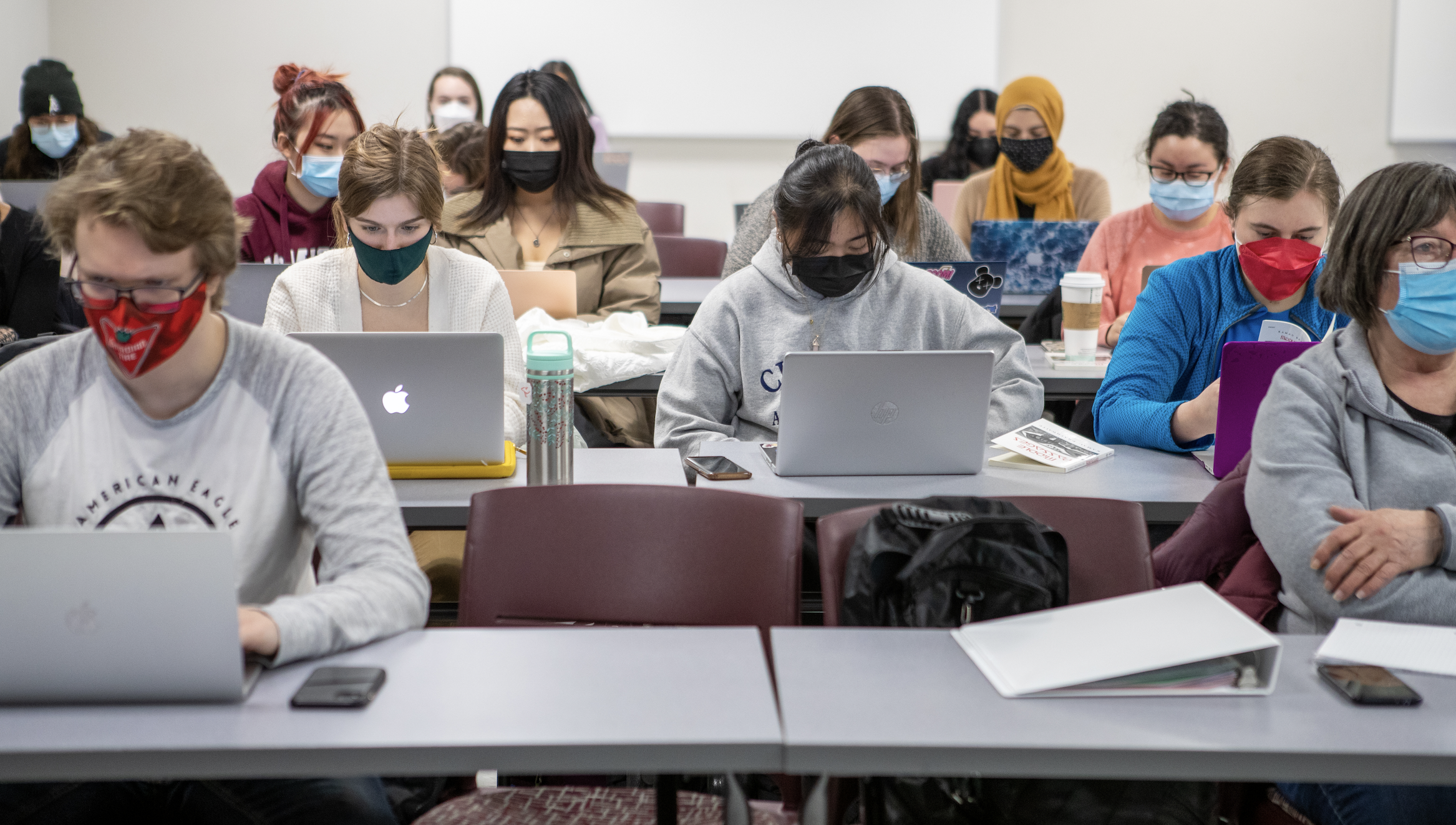Spotlight on SOTL – “Nothing About Us Without Us”: Forming collaborative partnerships with disabled students to improve digital accessibility

This article is based on the following research article:
Brown, K., de Bie, A., Aggarwal, A., Joslin, R., Williams-Habibi, S., & Sivanesanathan, V. (2020). Students with disabilities as partners: A case study on user testing an accessibility website. International Journal for Students as Partners, 4(2), 97–109. https://doi.org/10.15173/ijsap.v4i2.4051
How do you know your digital teaching materials are accessible for disabled users? This case study from the Equity and Inclusion Office and MacPherson Institute at McMaster University outlines one approach to test the accessibility of online resources. Further, the authors reflect on the successes and challenges of forming partnerships between students and staff for equity-focused projects. They conclude that we must draw on the unique expertise of disabled students to enhance accessibility across McMaster.
What did the researchers do and find?
This team of four students and four staff members, some with and some without disabilities, conducted accessibility testing of the McMaster Accessibility Hub. This website is a repository for McMaster instructors to make their teaching more accessible. Students can also use the website to access services to navigate the campus and peer support resources.
The team tested if the Accessibility Hub could be successfully navigated using a variety of assistive technology. They found the website had multiple barriers for people using keyboard navigation, voice dictation, or text-to-speech software. For example, there was limited alternative text for visual files. The team shared their findings with campus partners to fix these website flaws.
Next, the team reflected on how their partnership went. They wanted to identify what could enhance future student-staff partnerships that focused on disabled students. Successes of the partnership included personal growth of partners, a deepening sense of belonging, and being able to affect real change on campus. Two challenges were recruiting student partners with diverse experiences of disability and limited student time. The team concluded that their framing of students as paid collaborators with unique insight into assistive technology was key to the success of the project.
How might you use this research in your teaching?
After reading this, you may be wondering if your digital teaching materials are accessible. With the Accessibility for Ontarians with Disabilities Act standards for digital accessibility coming into effect in 2025, more and more people want to learn how to make accessible digital materials.
Here are a few places to start learning more about digital accessibility:
- Read the Accessible Digital Content Training resource by the Equity and Inclusion Office and the Faculty of Science. This practical resource offers self-assessment checklists and guidelines for creating accessible digital content
- Take the FLEX Forward: Accessible Education Course to expand your perspective on disability and get training on best accessibility practices for online and technology-enhanced learning
- Access the variety of digital accessibility resources archived at the McMaster Accessibility Hub
If you have a significant amount of material to review, you may want to consider setting up a user-testing project as they did in this study. Often instructors will use automated accessibility assessment tools, which can easily miss barriers to access. Having disabled student partners, paid through the MacPherson Institute Student Partners Program, was a key element to the success of this access testing initiative. If you want to learn more, give the full case study a read!
Stay tuned for the next Spotlight on SoTL coming to the MacPherson Memo on January 4, 2023.
Spotlight on SOTL